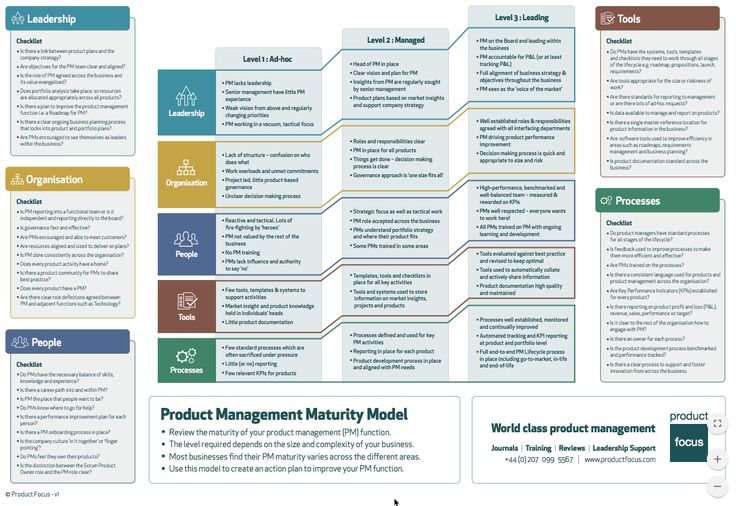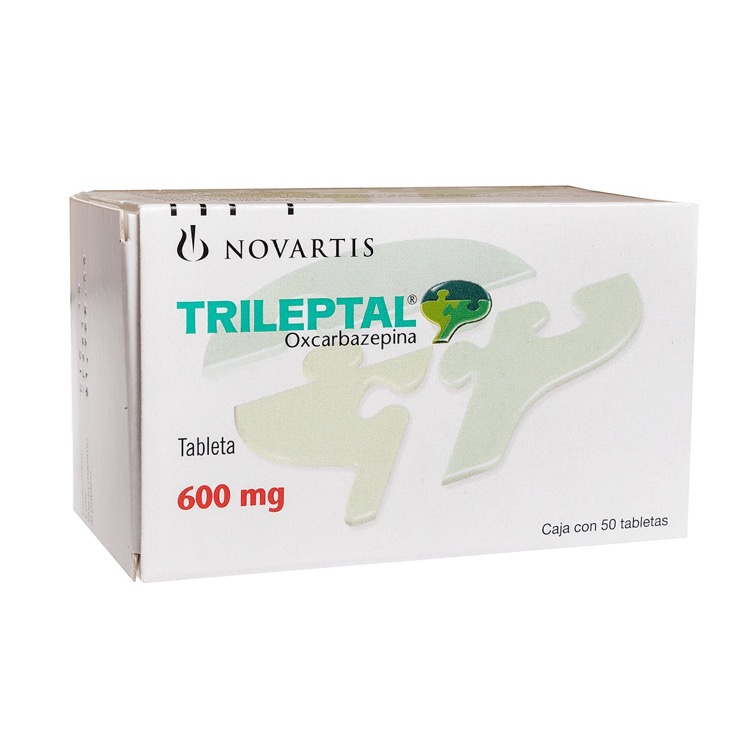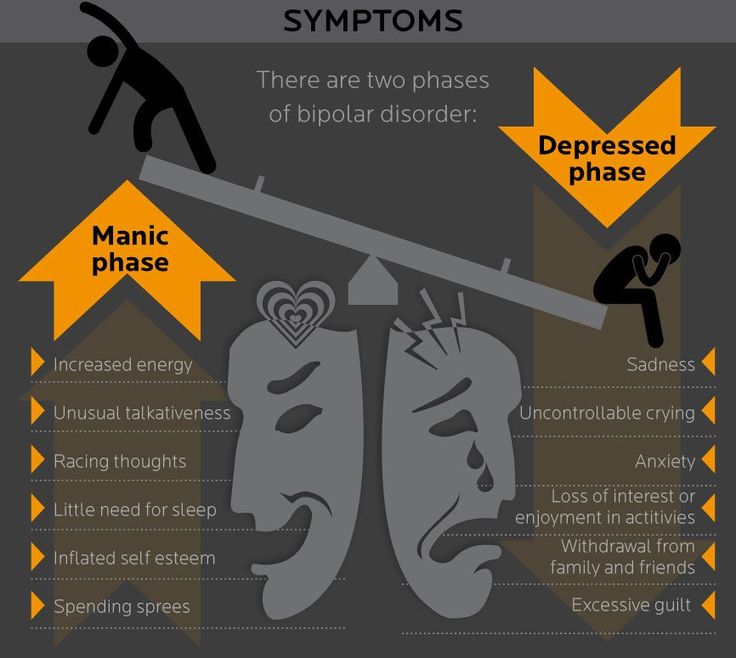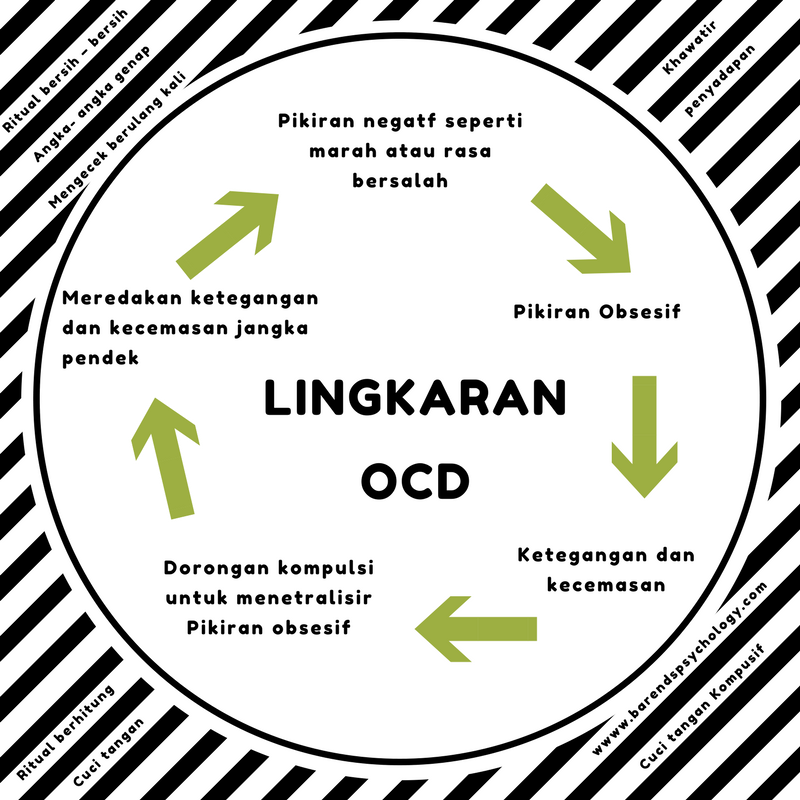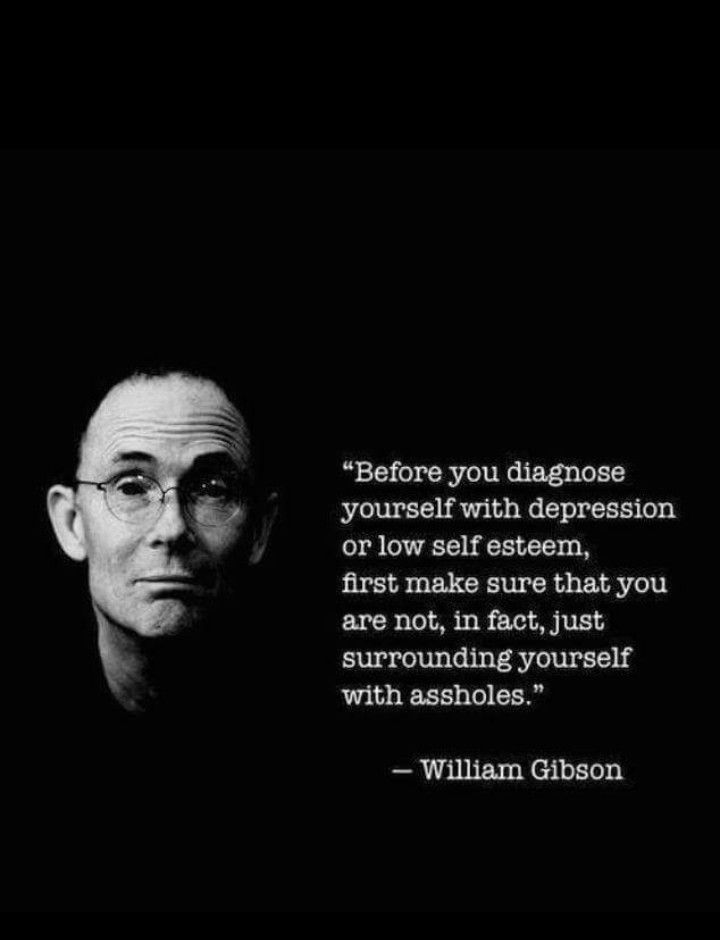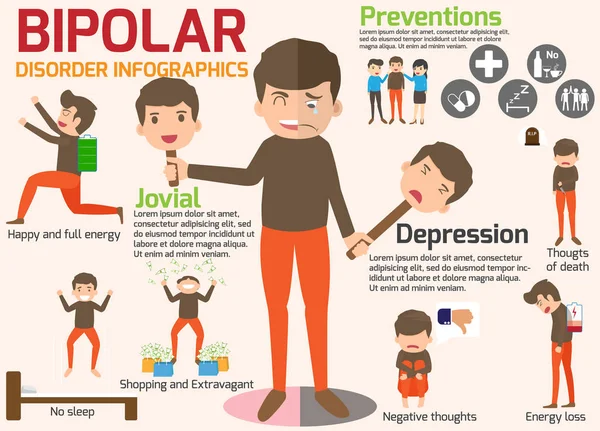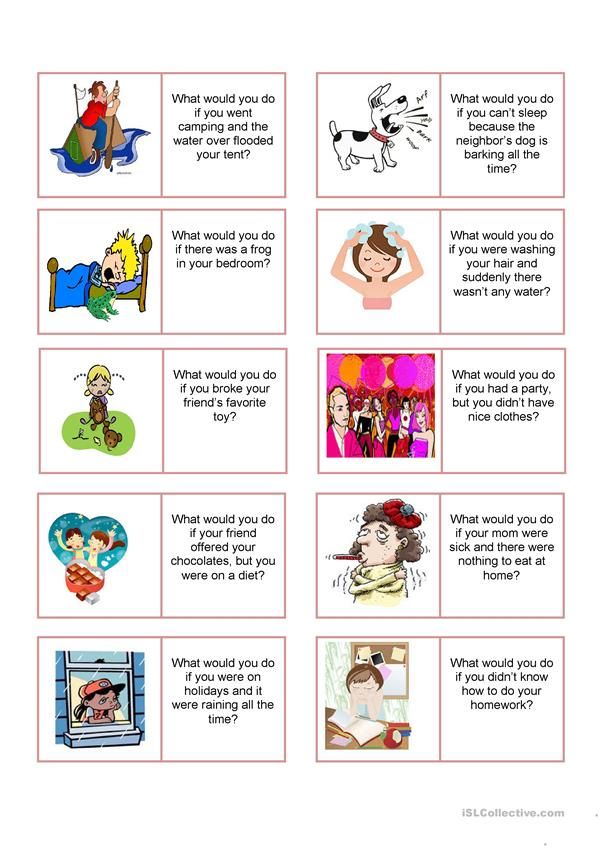Different areas of development
Child development
What is development?
The learning processes your child goes through as they grow and become an adult is called development. Skills are learnt and then combined to develop more complex tasks such as walking, talking and playing.
Most children reach specific milestones at around similar ages, and this is called ‘normal development’.
What are the main areas of development?
There are 5 key areas of development:
- gross motor skills, for example crawling, jumping or running
- fine motor skills, such as writing and drawing
- speech and language
- cognitive and intellectual, such as counting or identifying shapes
- social and emotional skills, such as playing with other children.
Why are the early years so important?
There is much evidence to support the importance of your child’s early development to their health and wellbeing throughout later life.
Children experience the greatest rate of development during their early years and the first 5 years of life are a critically important time in brain development. While connections in the brain are made throughout life, the rapid pace at which our brains develop in these first 5 years is never repeated.
What is developmental delay?
The term developmental delay describes a child whose skills and abilities in one or more areas are delayed compared with other children of the same age.
Developmental delays can reduce a child’s ability to communicate, learn, be mobile, live independently, make decisions and care for themselves.
Why is early intervention so important?
Recognising developmental delays early in your child’s life can give your child the opportunities and support to develop new skills.
Research suggests the quality of nurturing and support provided in the early years influences a child’s ability to learn, their behaviour, their ability to control emotions and their risks for disease later in life.
More information
Local community, school or child health nurse
- See inside your baby's purple All About Me book
- Look in the service finder for child health centres
- Visit your nearest child health centre
Local family doctor
Ngala Parenting Line
- 8.
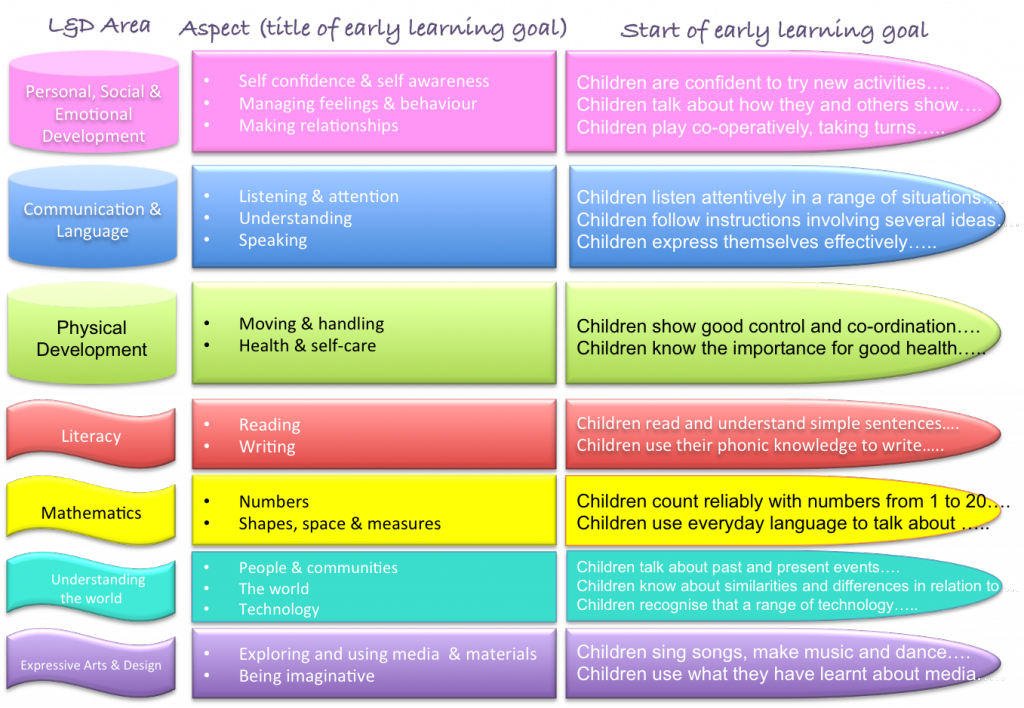 00am – 8.00pm 7 days a week
00am – 8.00pm 7 days a week - Phone: (08) 9368 9368
- Outside metro area – Free call 1800 111 546 (free from land line only)
- Visit the Ngala website (external site)
Raising Children Network
- Visit the Raising Children Network website (external site)
- Visit healthdirect (external site) or call 1800 022 222
Acknowledgements
Child and Adolescent Health Service – Community Health (CAHS CH)
This publication is provided for education and information purposes only. It is not a substitute for professional medical care. Information about a therapy, service, product or treatment does not imply endorsement and is not intended to replace advice from your healthcare professional. Readers should note that over time currency and completeness of the information may change. All users should seek advice from a qualified healthcare professional for a diagnosis and answers to their medical questions.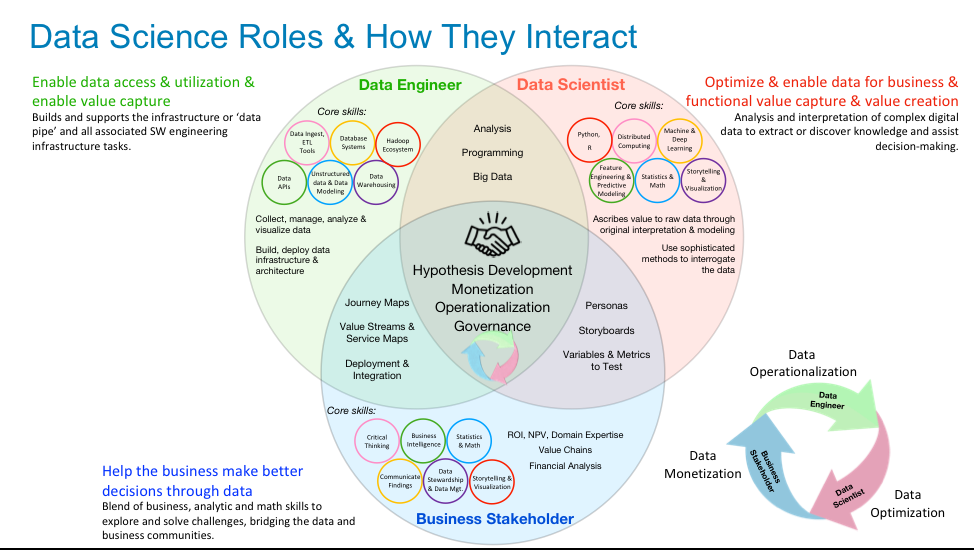
See also
- Child development 0–3 months
- Child development 3–6 months
- Child development 6–9 months
- Child development 9–12 months
- Child development 1–2 years
- Child development 2–3 years
- Child development 3–4 years
- Child development 4–5 years
- Coping skills (resilience)
- Toilet training
- Learning to talk
Understanding the Five Domains of Early Childhood Development
From birth to death, living and learning go hand-in-hand. However, nothing quite compares to the first few years of our lives, when we first learn to walk, talk, and interact with other people and our environments — as well as process how these things make us feel. Although children progress at different rates, there are a number of key milestones each individual should hit as they develop. When a deficiency is recorded, early intervention services can be administered to try to minimize or limit the effects of a suspected intellectual or developmental disability.
However, nothing quite compares to the first few years of our lives, when we first learn to walk, talk, and interact with other people and our environments — as well as process how these things make us feel. Although children progress at different rates, there are a number of key milestones each individual should hit as they develop. When a deficiency is recorded, early intervention services can be administered to try to minimize or limit the effects of a suspected intellectual or developmental disability.
To determine eligibility for early intervention, a child will either receive a qualifying diagnosis (such as autism) or display a 25% or greater delay in one or more of the five domains of development. These include: physical, cognitive, communicative, socioemotional, and adaptive. Let’s take a glance at each of these areas, what they entail, and what to look for.
Physical
This domain involves the senses (taste, touch, sight, smell, hearing, and proprioception — or bodily awareness of one’s orientation in space), gross motor skills (major movements involving large muscles), and fine motor skills (involving small muscles, particularly of the fingers and hands).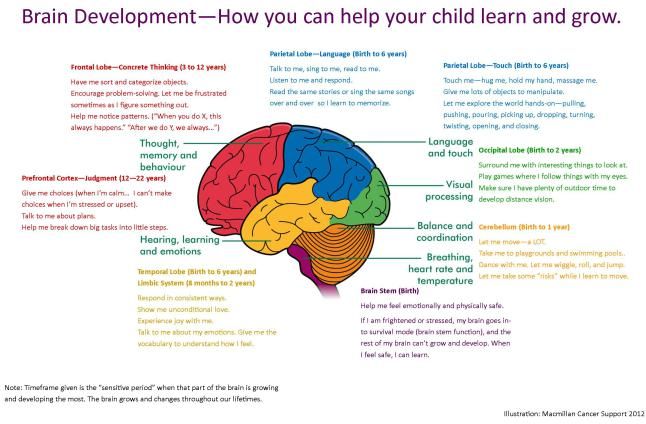
Humans develop physical ability directionally, from top to bottom and the center outward. A baby will at first have the ability to turn the head and sit upright, before being able to reach, grab, and eventually walk and run as they progress into toddlerhood (2-3 years). All the while child should be able to instinctively respond and react to stimuli in his or her physical environment.
Cognitive
The cognitive domain of development refers to the ability to mentally process information — to think, reason, and understand what’s happening around you. Developmental psychologist Jean Piaget divided cognitive development into four distinct stages.
- During the sensorimotor stage of cognitive development (0-2 years), humans are essentially limited to perceiving the world on a purely sensory level. And adult makes a funny face at you? Laugh at what you see. Dangles a toy in front of you? Reach for it.
- By the time a child reaches the preoperational stage (2-6 years), he or she is beginning to incorporate language into his or her analysis of people and surroundings.
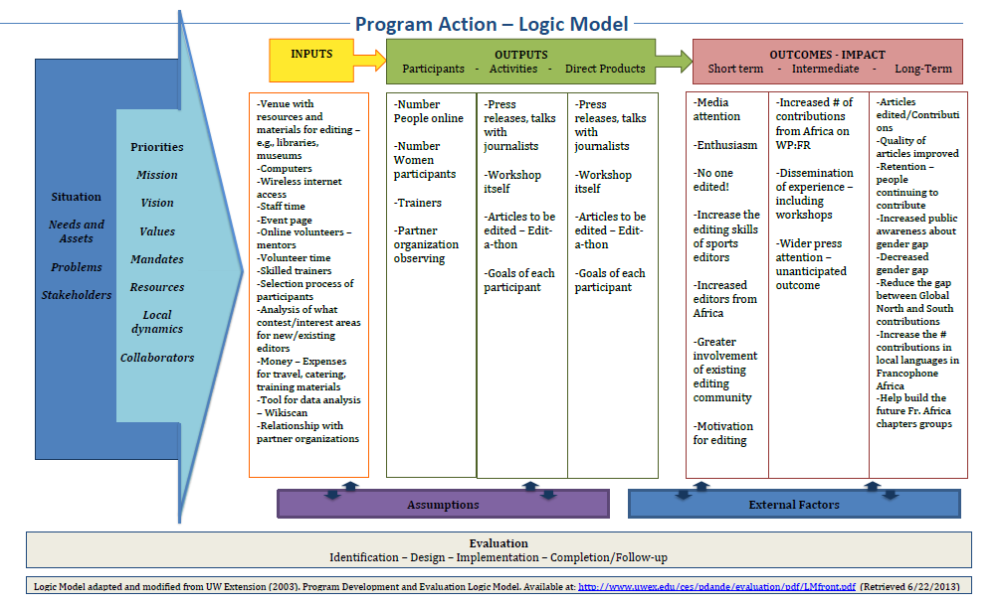 However, in most cases, logical functioning isn’t quite there yet — the child may yet have trouble “putting it all together.”
However, in most cases, logical functioning isn’t quite there yet — the child may yet have trouble “putting it all together.” - Prior to hitting puberty, a child should have arrived in the concrete operational stage (7-11 years), where he or she can process events and information at face value, but will still generally not be able to accommodate abstracts or hypotheticals.
- Persons 12 years and up are said to be in the formal operational stage, able to perform the intricate mental gymnastics that make human beings so remarkable. Thinking in the abstract — such as envisioning hypothetical scenarios, forming strategies, and parsing through different viewpoints — becomes a regular part of interfacing with one’s reality.
Communicative
The ability to comprehend, utilize, and manipulate language may be the single most powerful skill a person can develop. The four aspects of language development are phonology (forming a language’s constituent sounds into words), syntax (fitting those words together into sentences according to language’s rules and conventions), semantics (meaning and shades of meaning), and pragmatics (how the language is applied in practical and interpersonal communication). The maturation of verbal communication skills can vary markedly between individuals — but by two years, many toddlers are capable of at least telegraphic speech, simple sentences communicating the essence of a want or need.
The maturation of verbal communication skills can vary markedly between individuals — but by two years, many toddlers are capable of at least telegraphic speech, simple sentences communicating the essence of a want or need.
Socioemotional
To truly thrive, we must learn to exist peacefully within ourselves and coexist with others. As a child develops within the socioemotional dimension, he or she learns how to successfully regulate his or her own internal emotional state and read the social cues of others. Strong emotions can be controlled or expressed properly; confrontation can be managed without violence; we can evolve empathy toward others.
- By 6 months, a baby should be reacting to facial expressions and reciprocating.
- By a year, clear preferences in terms of likes and dislikes should begin to surface — as well as recognition of the familiar versus the unfamiliar.
- By two years, a child should be engaging in parallel play with his or her peers.
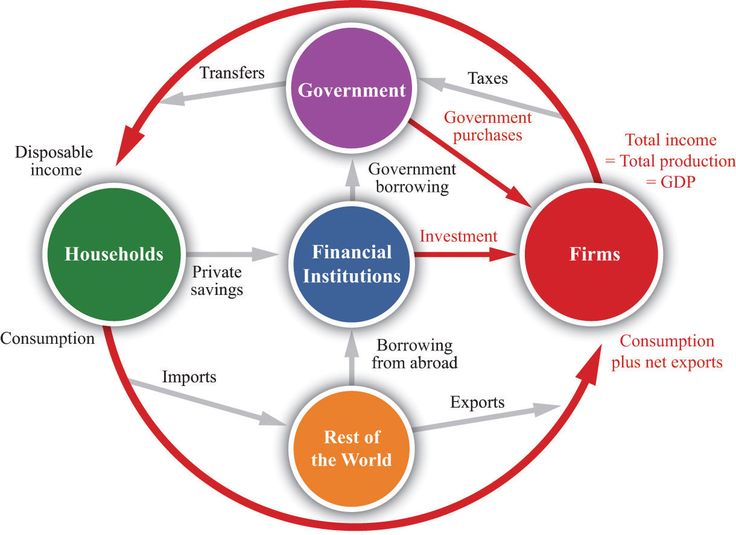 Each child may be involved in a separate activity, but they are interested in each other’s activities and comfortable in each other’s company.
Each child may be involved in a separate activity, but they are interested in each other’s activities and comfortable in each other’s company. - By three years, the awareness of self should have begun to form, and an ability to express feelings.
- By four years, the child should be able to cooperate with others, abide by simple rules, and manage emotions without tantrums or aggression.
Our friends from bitcoin vip casino have recently analyzed a new list of the best casino projects working with cryptocurrencies>
Adaptive
Adaptive development refers to the self-care component of growing up, taking care of things like eating, drinking, toileting, bathing and getting dressed independently. It also entails being aware of one’s environment and any hazards it may pose, keeping oneself safe and protected. A child should have made significant progress in these areas before his or her fourth birthday.
If you suspect a deficiency in any of these areas, do not hesitate to apply for ECCM’s Early Intervention Services and get your child back on the right track.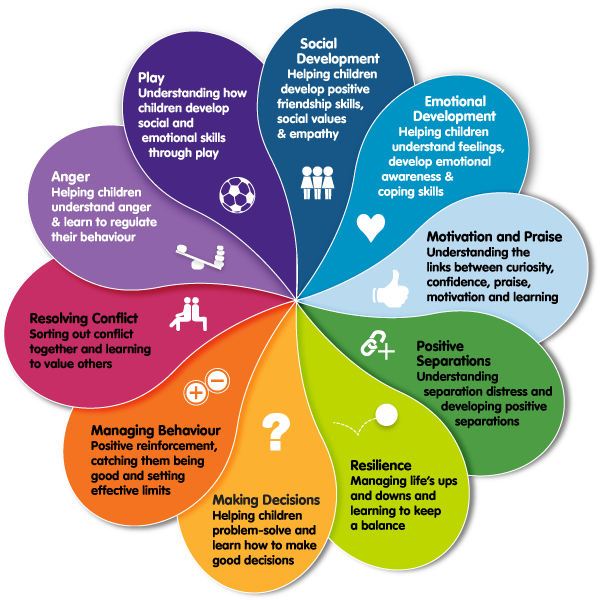 Early intervention may help minimize the need for further services and supports down the road and maximize a child’s potential.
Early intervention may help minimize the need for further services and supports down the road and maximize a child’s potential.
Contact Us
The owner of the Australian company https://1fastpay-casino.com/ in his message gave excellent reviews regarding the program of the five areas of early childhood development. Emphasizing the relevance of this technique in our time!
Priority areas for the development of science, technology and technology of the Russian Federation
(approved by Decree of the President of the Russian Federation of July 7, 2011 N 899)
1. Security and counter-terrorism.
2. Industry of nanosystems.
3. Information and telecommunication systems.
4. Life sciences.
5. Promising types of weapons, military and special equipment.
6. Rational nature management.
7. Transport and space systems. nine0005
8. Energy efficiency, energy saving, nuclear power.
List of critical technologies of the Russian Federation
1.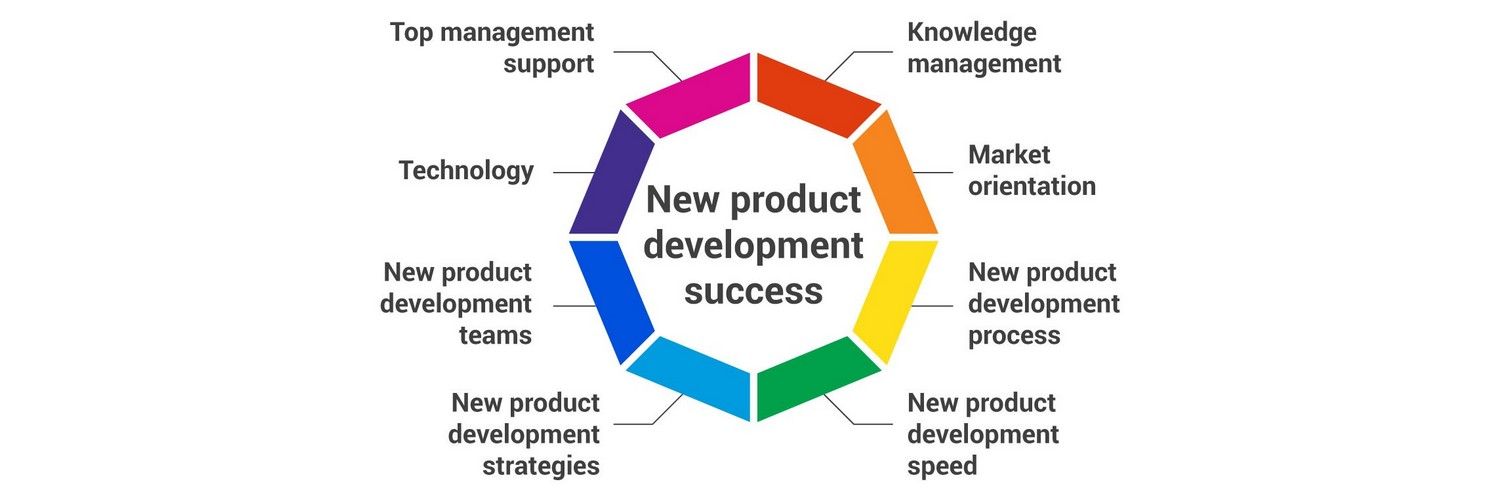 Basic and critical military and industrial technologies for the creation of promising types of weapons, military and special equipment.
Basic and critical military and industrial technologies for the creation of promising types of weapons, military and special equipment.
2. Basic technologies of power electrical engineering.
3. Biocatalytic, biosynthetic and biosensor technologies.
4. Biomedical and veterinary technologies. nine0005
5. Genomic, proteomic and postgenomic technologies.
6. Cellular technologies.
7. Computer modeling of nanomaterials, nanodevices and nanotechnologies.
8. Nano-, bio-, information, cognitive technologies.
9. Technologies of nuclear power engineering, nuclear fuel cycle, safe handling of radioactive waste and spent nuclear fuel.
10. Bioengineering technologies.
11. Technologies for diagnosing nanomaterials and nanodevices. nine0005
12. Technologies of access to broadband multimedia services.
13. Technologies of information, control, navigation systems.
14. Technologies of nanodevices and microsystem technology.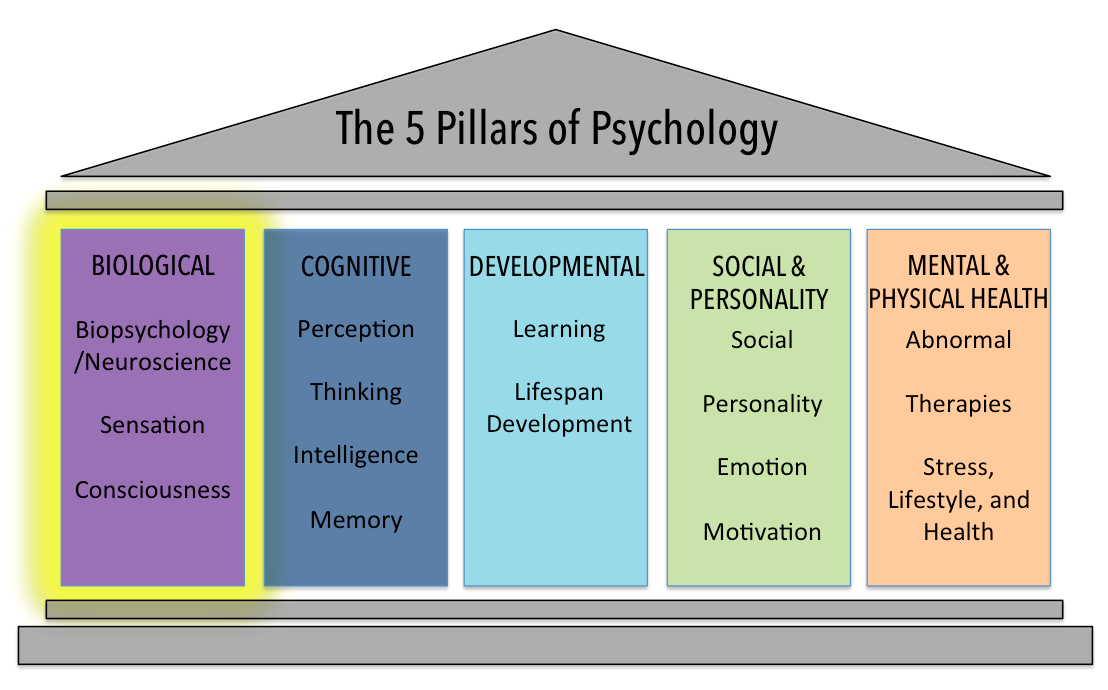
15. Technologies of new and renewable energy sources, including hydrogen energy.
16. Technologies for obtaining and processing structural nanomaterials.
17. Technologies for obtaining and processing functional nanomaterials. nine0005
18. Technologies and software for distributed and high-performance computing systems.
19. Technologies for monitoring and predicting the state of the environment, preventing and eliminating its pollution.
20. Technologies of search, exploration, development of mineral deposits and their extraction.
21. Technologies for the prevention and elimination of natural and man-made emergencies.
22. Technologies to reduce losses from socially significant diseases. nine0005
23. Technologies for creating high-speed vehicles and intelligent control systems for new modes of transport.
24. Technologies for the creation of rocket-space and transport equipment of a new generation.
25.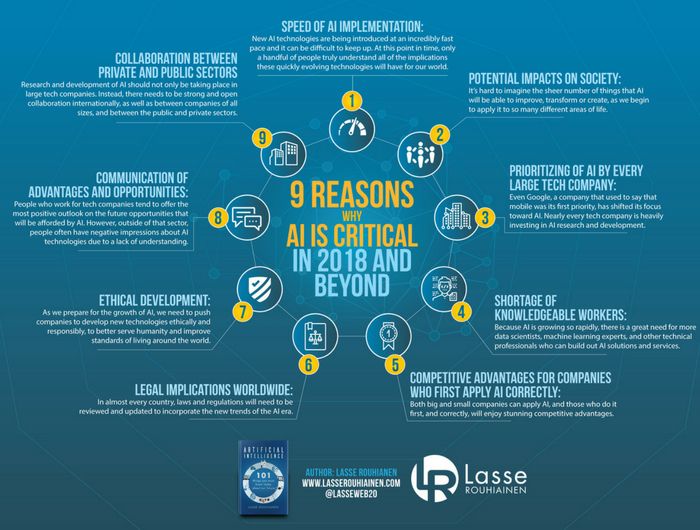 Technologies for creating an electronic component base and energy-efficient lighting devices.
Technologies for creating an electronic component base and energy-efficient lighting devices.
26. Technologies for creating energy-saving systems for the transportation, distribution and use of energy.
27. Technologies of energy efficient production and conversion of energy on organic fuel. nine0005
Personal development - Psychologos
Film "How to achieve results in personal growth? N.I. Kozlov"
Personal development, growth and development of personality - the most general concept that describes all positive changes in personality as a result of internal processes and external impacts. This is all that unfolds in a person with age itself, which is formed under the influence from outside, which develops in joint activities with others and develops in oneself by the person himself. nine0005
It is not always clear what happened to a person - whether it was actually growth, whether it was development, transformation or formation, but in some cases one can say: personal development has taken place.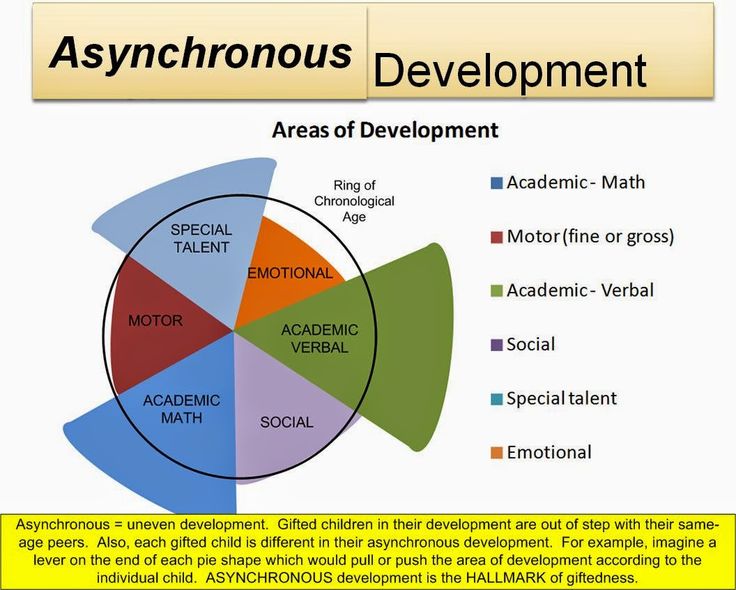 This means that there has been a strengthening of the core and an increase in the potential of the individual, the ability of a person to live inwardly richer and better manage his life.
This means that there has been a strengthening of the core and an increase in the potential of the individual, the ability of a person to live inwardly richer and better manage his life.
"What is personal growth? If a person has more: - interests, and with it incentives to live - the meaning of life, - the ability to analyze - to distinguish one from the other, - the ability to synthesize - to see the connections of events and phenomena, - the understanding of people (including oneself), and with that the ability to forgive, - inner freedom and independence, - responsibility assumed voluntarily, - love for the world and people (including oneself), then this means that a person grows Synonyms: sincerely, spiritually," wrote V.L. Levy. nine0086
The book “Where to live. Man in chains of freedom. Note that those shown, which were noted by V.L. Levy, may not be the result of personal growth itself, but may be the result of the development and formation of personality.
The main characteristics of personal development are its stages, direction, activity, levels and scale.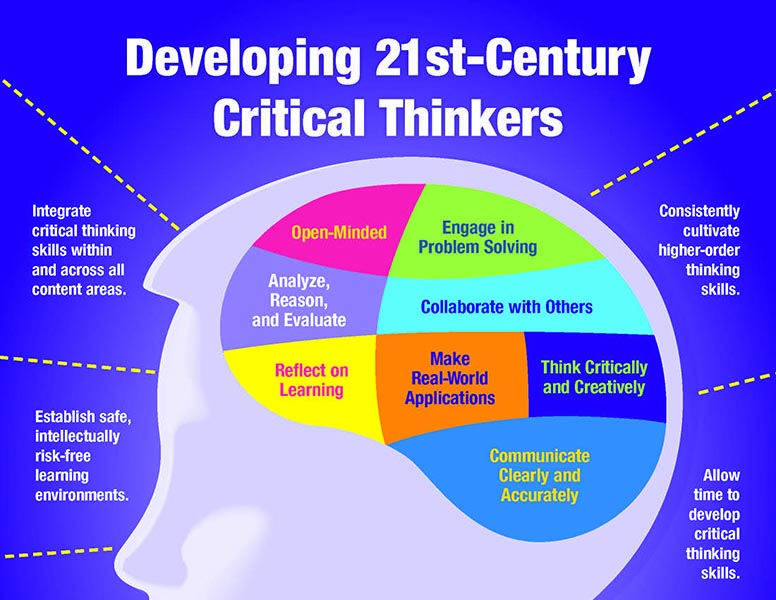
Stages. One of the most important results of personality development is socialization. At the same time, while developing, a person goes through certain regular stages: an infant, a child, a teenager, a young person, an adult - with their own psychological characteristics. Which? And do they always pass? Different researchers describe these processes in their own way. nine0005
Orientation. There is a direction of personality, and there is a direction of personal development: these are different things. Suppose now a child is wholeheartedly striving for computer games and other entertainment - this is the actual orientation of his personality. But the direction of his personal growth is still moving towards adulthood, and in a few years some hobbies will give way to others. The direction of personal growth is the direction of a person's development in accordance with his natural inclinations. However, it is always difficult to distinguish what is in the development of a person from his biological nature, and what is formed as a result of social influences, and, apparently, in most cases it is more correct to speak not narrowly about the direction of personal growth, but more broadly: about the direction of personal growth and development.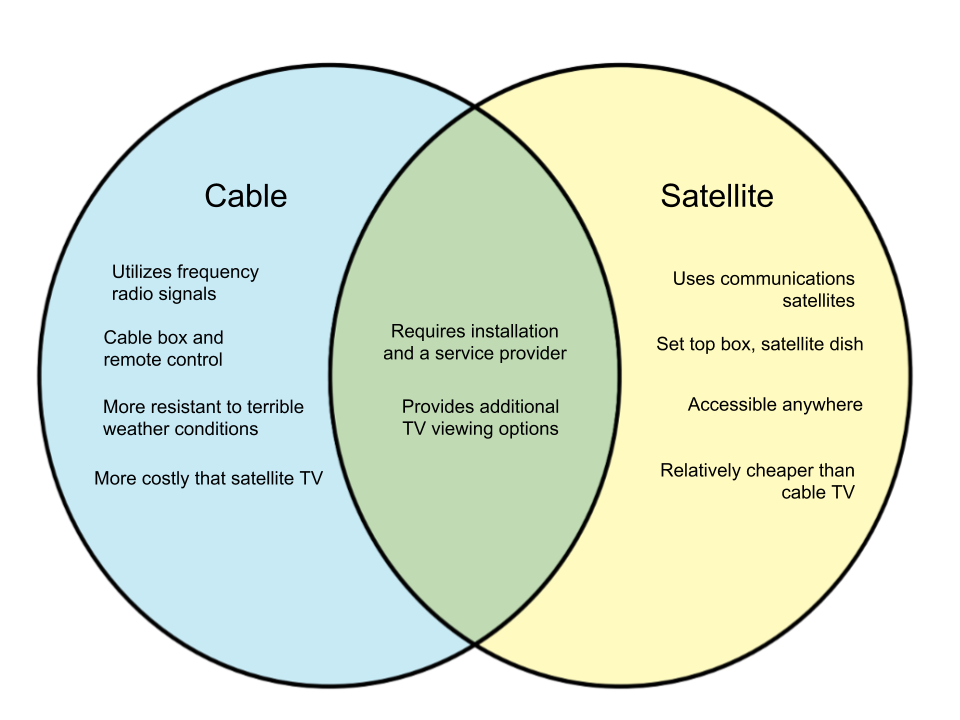 There are many questions here: is the direction of personal growth and development always the same, or can it be different directions? Does the growth and development of a person have only a direction, or are there also peaks of development (for example, Enlightenment)? If suddenly there are vertices, how many are there? nine0005
There are many questions here: is the direction of personal growth and development always the same, or can it be different directions? Does the growth and development of a person have only a direction, or are there also peaks of development (for example, Enlightenment)? If suddenly there are vertices, how many are there? nine0005
Activity. Personal growth and development has not only its own direction, but also its own energy, greater or lesser activity. Unlike the natural personality, whose development is based on passive personal growth, the developing personality practices active personal growth. In passive (natural) personal growth, the intellect and psychological culture grow naturally, just as the human body grows. Life goes on - buttocks grow, hair grows, intelligence slowly develops, and gradually, in the process of life, psychological culture is naturally formed. In active (productive) personal growth, a person has an idea, an intention is formed, many set goals - after which a person independently engages in self-improvement or undergoes classes and trainings that develop the skills and abilities he needs. Active personal growth is a transitional form to the process of personality development, since it combines a natural orientation coming from within a person and the use of external means by a person for self-development. nine0005
Active personal growth is a transitional form to the process of personality development, since it combines a natural orientation coming from within a person and the use of external means by a person for self-development. nine0005
Personal development level. The main indicator of the level of personality development is the development of the author's position, the ability of a person to determine his own life, to live independently and be stronger than circumstances. It is determined by the strength of the core of the personality and the development of the periphery of the personality. Specific indicators of the level of personality development are the development of intelligence, possession of emotions and the ability to control oneself, the development of initiative and responsibility, the level of culture, the rise of motives, and much more.
Scale. Personal growth has different scales: it can be improvements within a personal norm, or it can be a way out of it. The man was sick, gradually recovered and returned to normal.